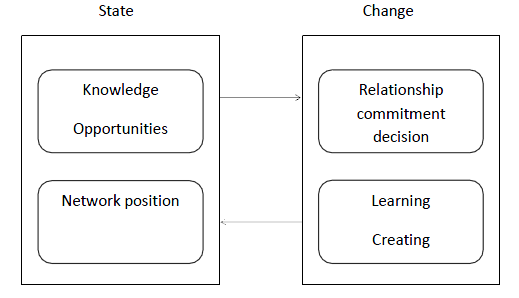Uppsala Model of Internationalisation
This article contains application of Uppsala model of internationalisation on the case study of Shanghai Vision Technology Co., Ltd, a medium sized manufacturer of 3D printers and other innovative products based in Shanghai, China.
Uppsala model of internationalisation also known as a learning theory of internationalisation identifies four individual steps of internationalisation.
According to Uppsala model engaging in exporting in occasional manner should constitute the first step in internationalisation. Initial experience of operating in the new market is going to be gained by Shanghai Vision Technology during this step.
Exporting through sales agents in new markets marks the second step in internationalisation. Presence of the company in the new market is going to be increased during this step with positive implications on the levels of knowledge about unique aspects of the market.
Establishment of Shanghai Vision Technology sales subsidiaries in foreign market is the third step of internationalisation according to the model. During this step the company is in the position of obtaining experience and knowledge about the market in a direct manner.
Starting the production in the foreign market through wholly owned subsidiaries is the last step of internationalisation within the framework of Uppsala model of internationalisation. This step is associated with benefiting from ownership, location and internationalisation advantages by Shanghai Vision Technology to a full extent which is explained with the application of Dunning Electric Paradigm further below.
Importantly, Uppsala model acknowledges the lack of knowledge about specifications of new markets to be an important barrier in terms of becoming successful in respective market. In other words, unlike many other models of internationalisation, Uppsala model rightly specifies knowledge about the market as a critical success factors.
Revised version of Uppsala model contains the application of basic networking prospect in a way that mutual interactions and influence of state and change variables are acknowledged.
Specifically, as it is illustrated in figure above, knowledge and opportunities available to Shanghai Vision Technology have direct and significant implications on the nature of decisions taken by strategic level management in relation to operations in new markets, and at the same time activities and business practices of the company contribute to the formation of network position patterns.

